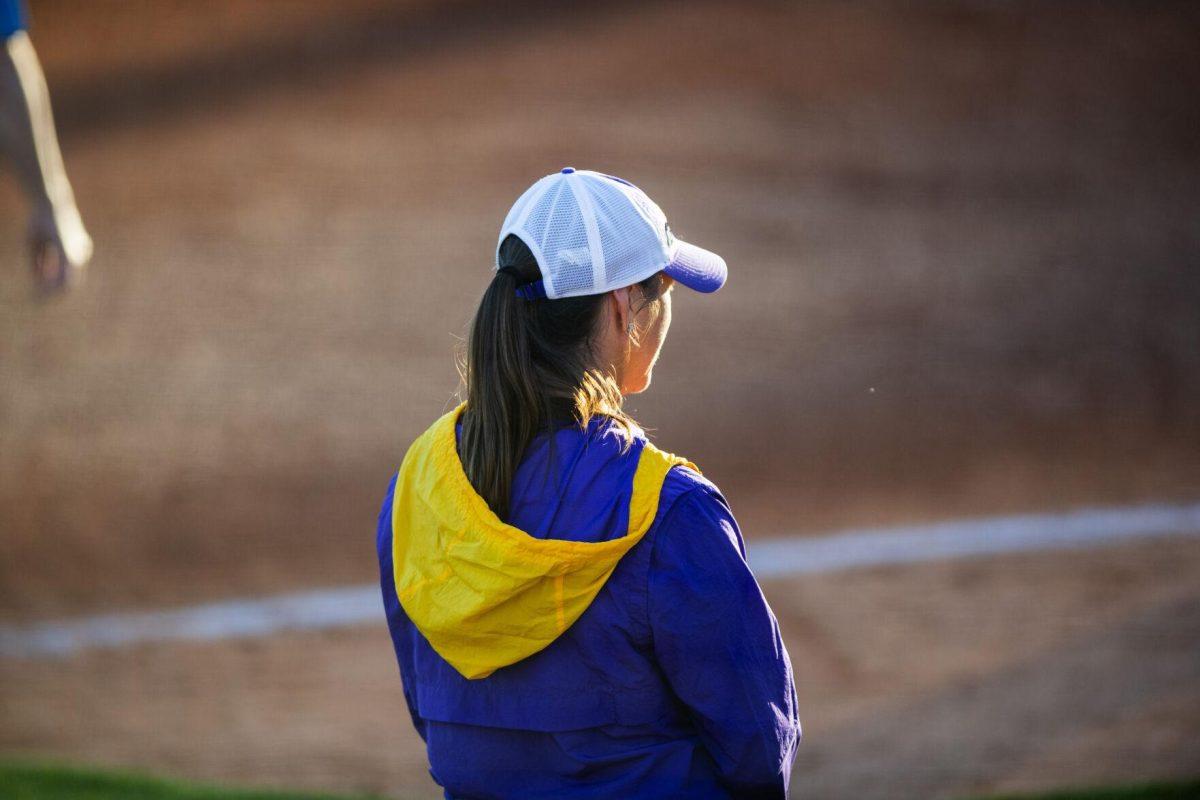Trying something new can be intimidating, but at BellyFire Studios in Baton Rouge, the goal is to make creativity feel easy, accessible and even a little bit therapeutic.
Located at 257 Lee Drive, Suite P, BellyFire offers beginner wheel-throwing pottery classes for $50 per person on weekdays and Sundays and $60 per person on Fridays and Saturdays. The ceramics studio also hosts walk-in pottery painting, private parties and group events.
Studio owner David Rollins has worked in ceramics since he was 16 years old. Two years ago, he took over BellyFire, which originally started as an app designed to connect local artists. Since then, Rollins said the studio has nearly tripled in size.
“I feel like I practice my art just as much through growing the business as I do through actually making pottery,” Rollins said. “I love the process of building it and marketing and branding it, and connecting with the community. That’s just as much of an art project for me as actually making the pottery.”

Community connection is central to BellyFire’s mission. The studio provides experience and employment opportunities to local artists, particularly students from LSU’s ceramics program.
“A lot of our instructors come from LSU,” Rollins said. “It’s really rewarding to see people in the ceramics program at LSU get employed.”
Rollins said BellyFire now teaches more than 100 people a week how to throw on the pottery wheel, with its instructors from LSU having taught over a thousand people to throw.
“The vision behind our brand is creating a place where people can comfortably create,” he said. “It’s great for your body, mind and spirit. It’s one of those holistic mediums that you can take with you your whole life.”
A pottery wheel class starts with a five-minute demonstration for beginners. Instructors walk students through how to throw clay onto the wheel, how to manage speed and how to keep the clay wet throughout the process. It’s a lot of information at once, but the small class sizes allow instructors to check in with everyone throughout the session.
Students are handed a ball of clay, a bowl of water and a sponge once the demonstration is finished. The process begins by throwing the clay onto the wheel and slowly pressing the pedal to get it spinning. It’s important to keep your hands and the clay wet at all times.
The first major step is centering the clay, a physically grounding process that involves locking your elbows into your thighs and using your body weight to push the clay into a smooth, symmetrical shape.
Students then create a hole in the center and carefully pull the walls of your piece upward. This step requires precision and patience, as the clay becomes fragile when it’s stretched too thin. Once happy with the shape, the piece is carefully dried using a heat gun, especially around thinner parts like the edges. Then decoration begins using carving tools and stamps.

The studio fires it in the kiln after decorating and singing your piece. About 10 days later, you can return to glaze it, and BellyFire will fire it again to complete the process. The result is a one-of-a-kind ceramic piece made by your own two hands.
BellyFire also plans to expand its business, with a 24-hour member studio set to open on Government Street in May. Memberships will start at $179 per month. To make art more accessible, the studio also offers a 20% student discount with a valid student ID. Rollins believes spaces like BellyFire are more important than ever to keep the unique art alive.
“I feel like there’s a gap in our society for creative spaces,” Rollins said. “We’re trying to fill that.”













